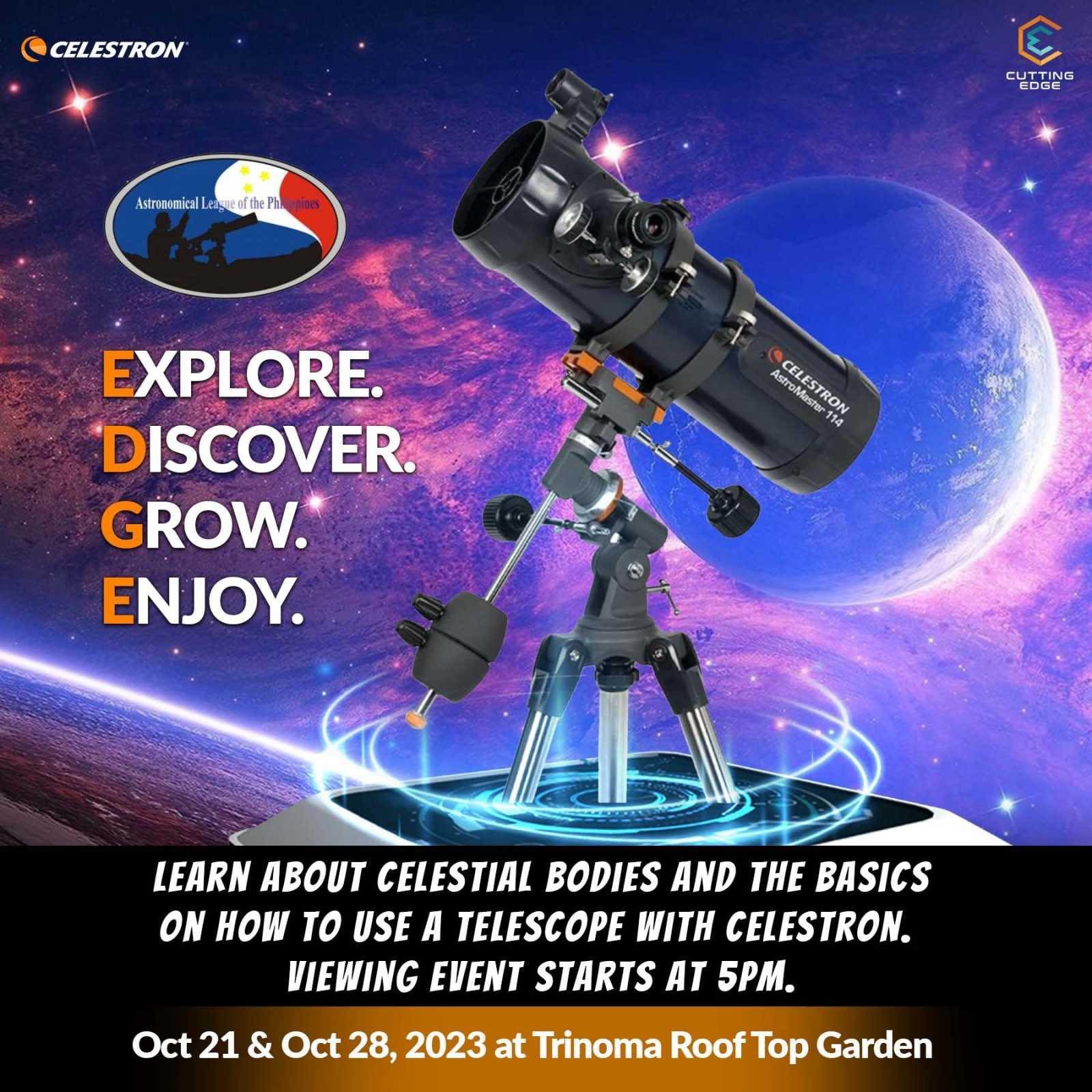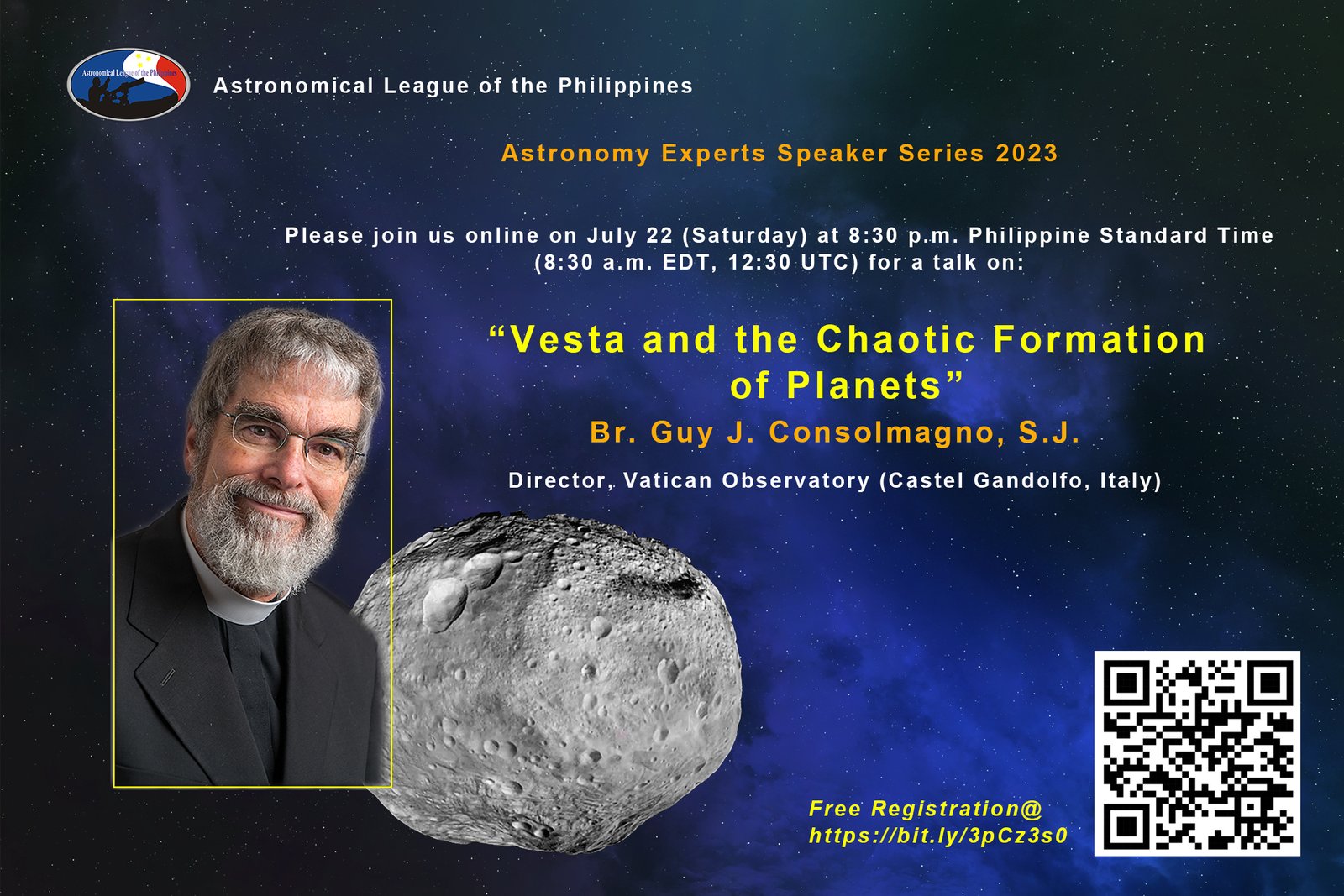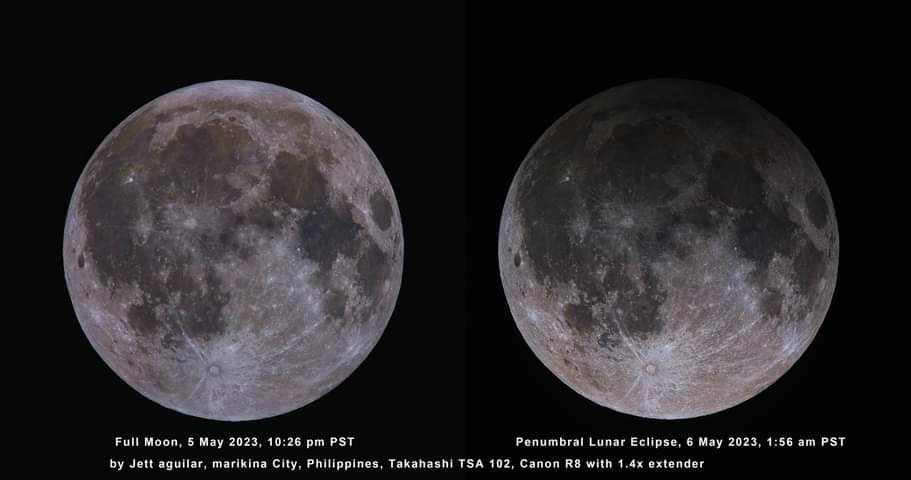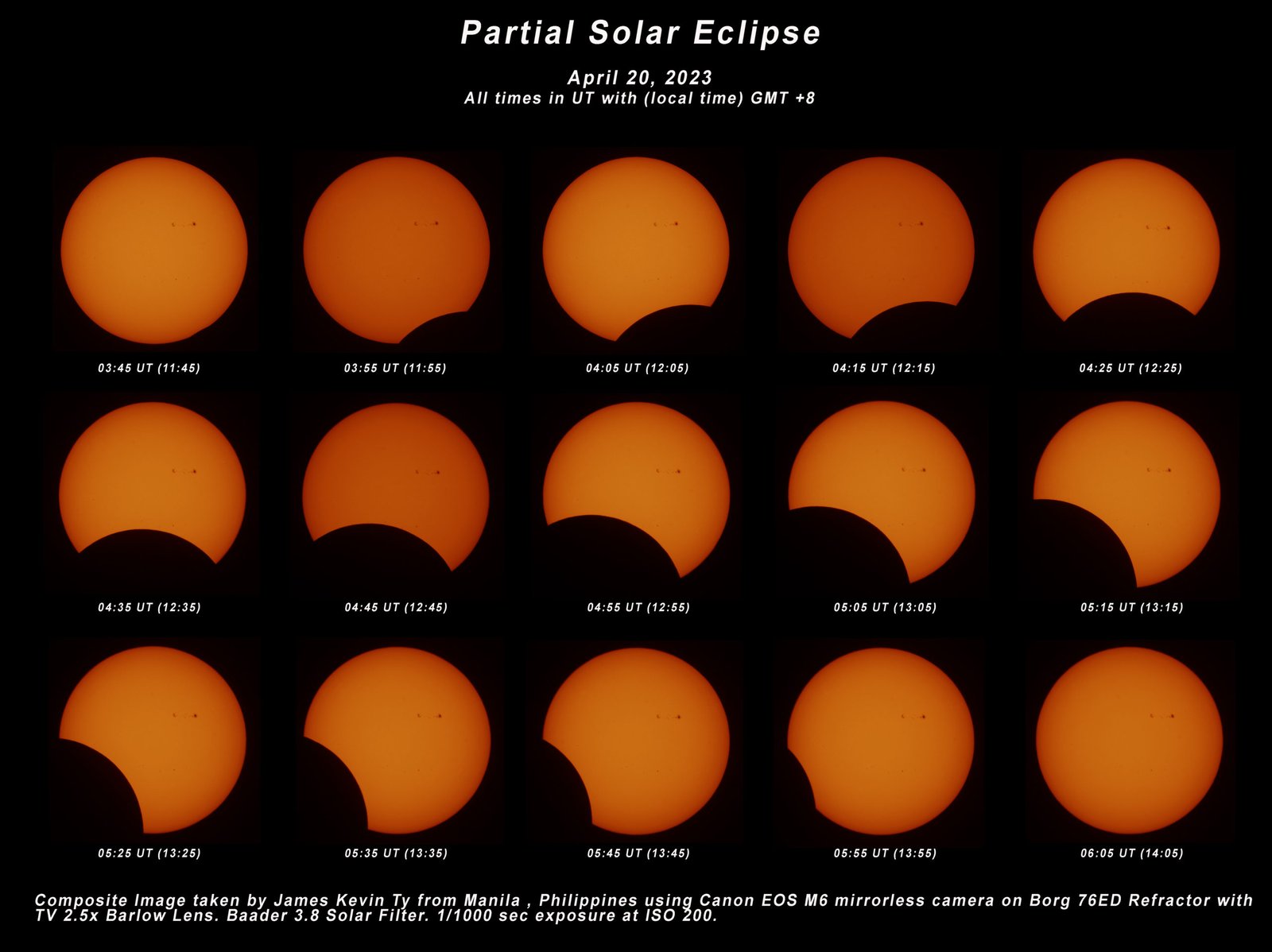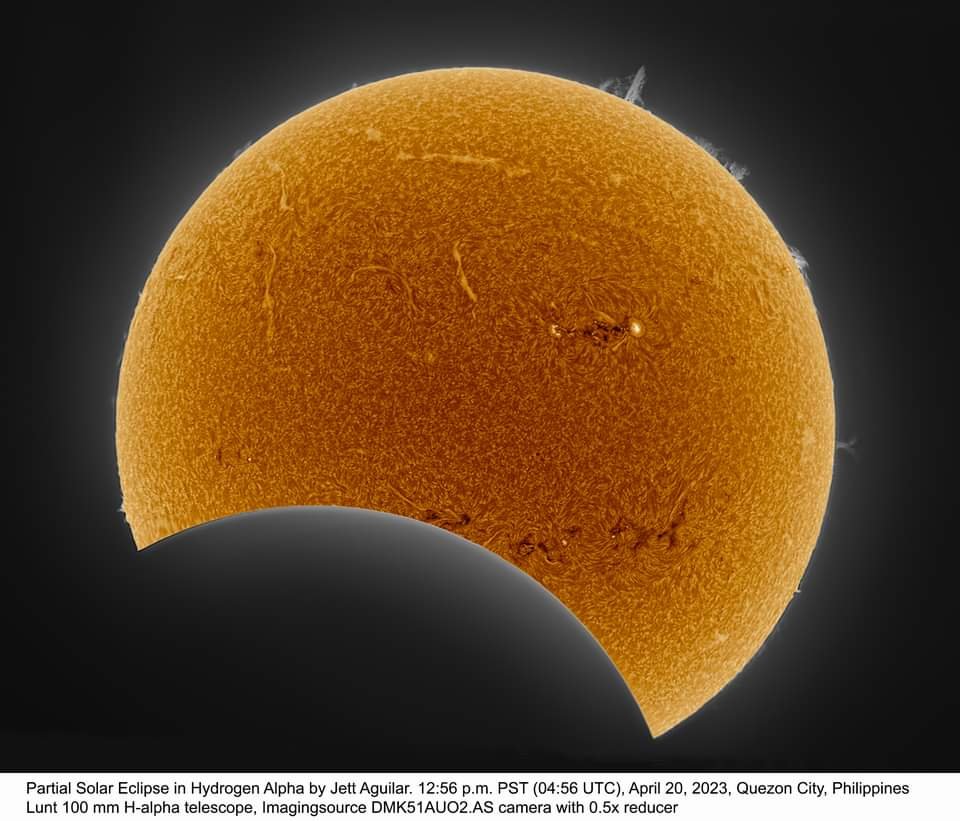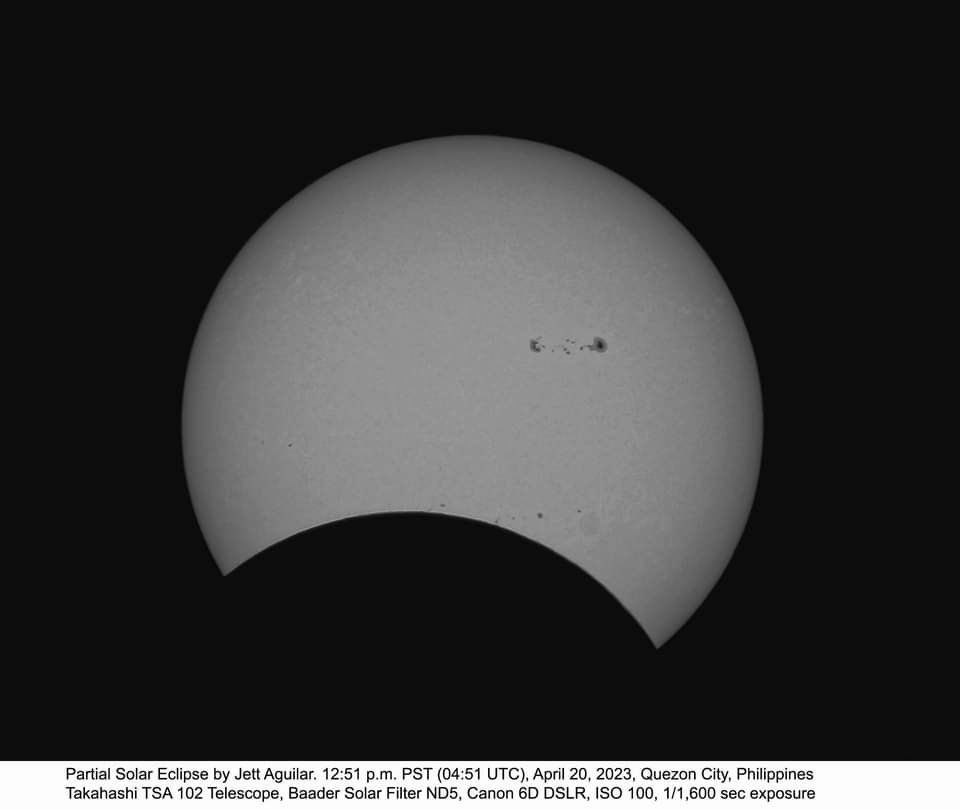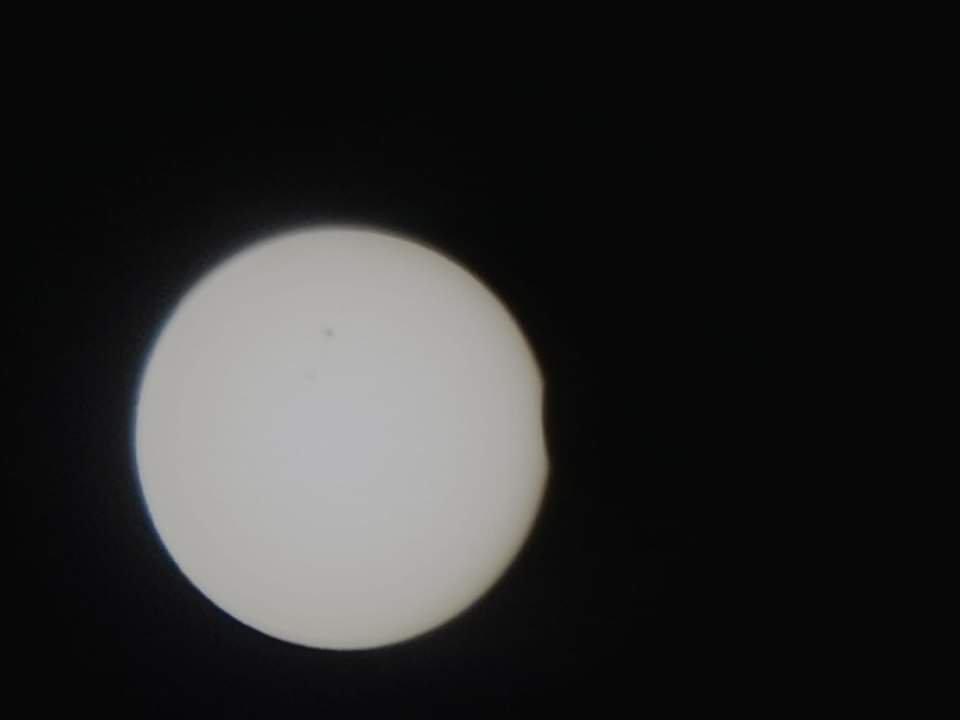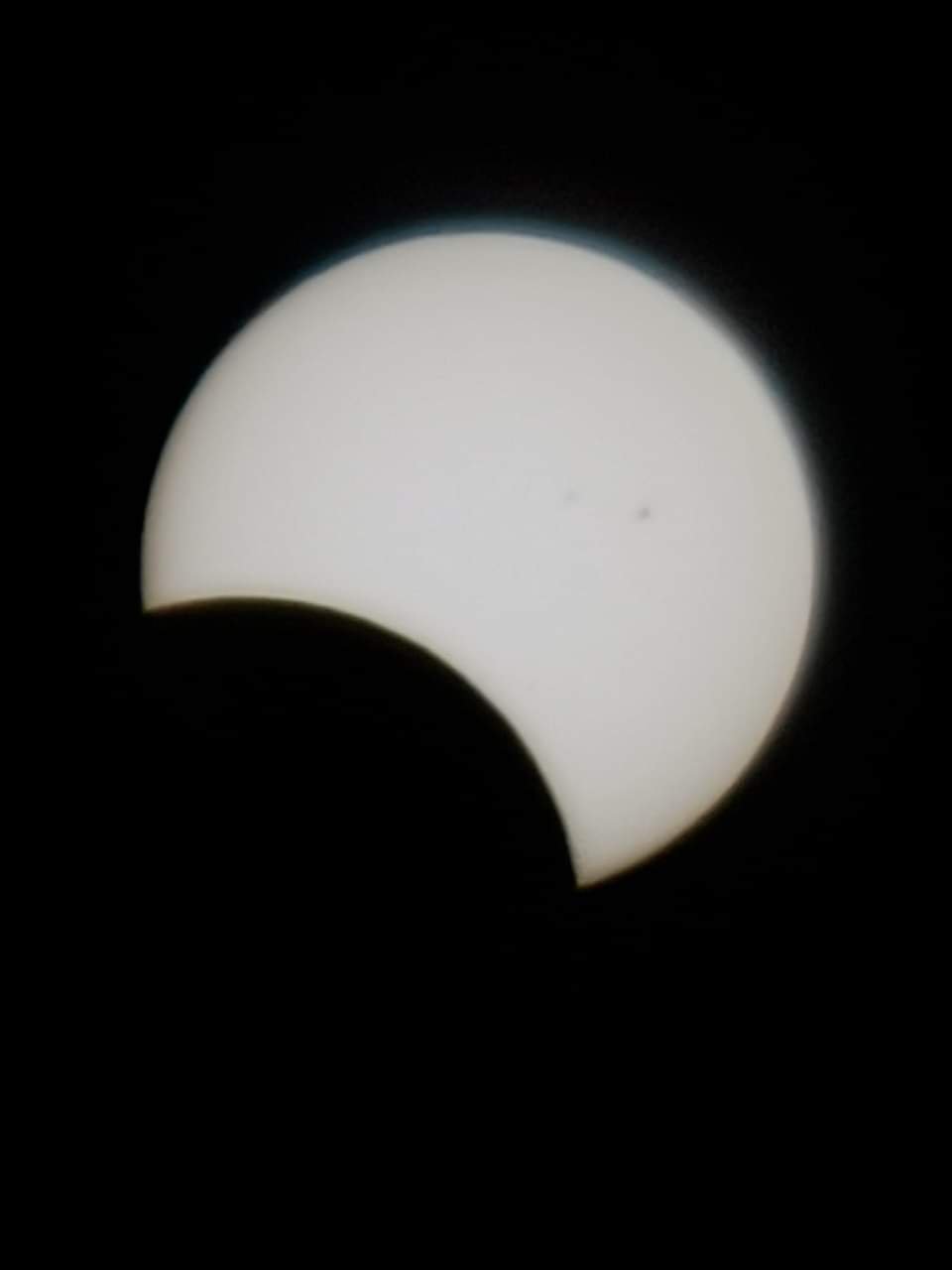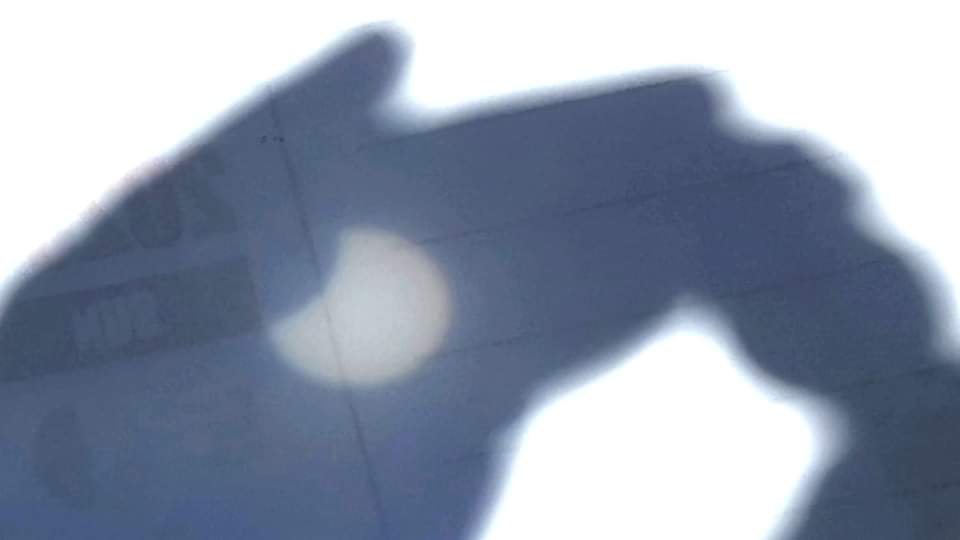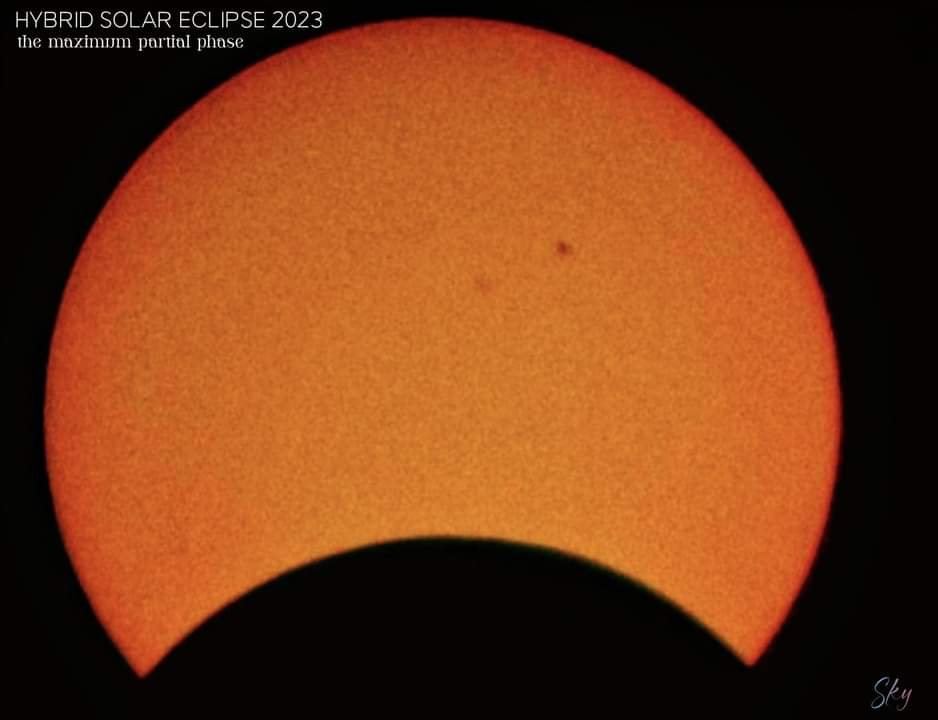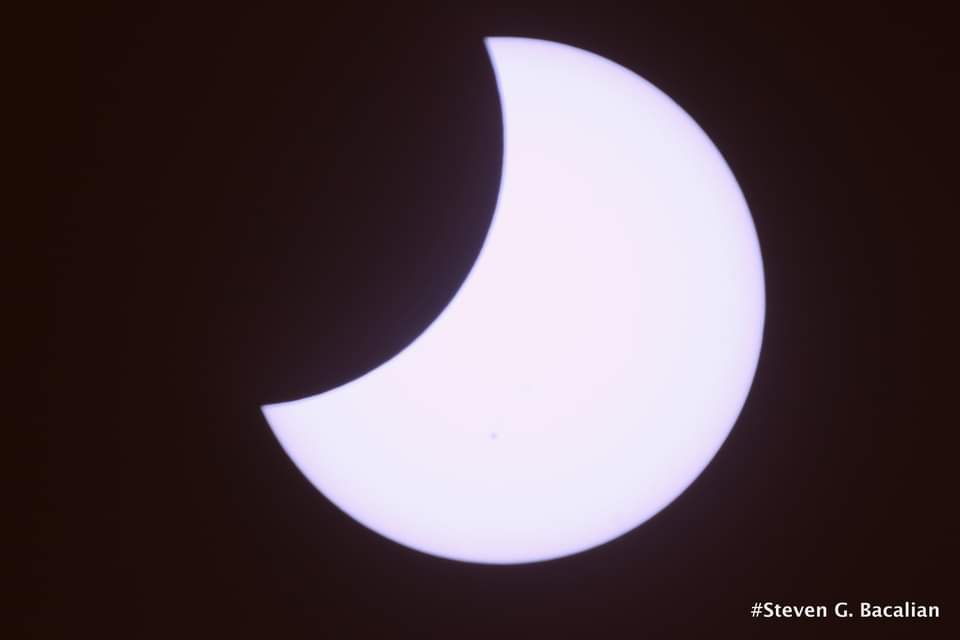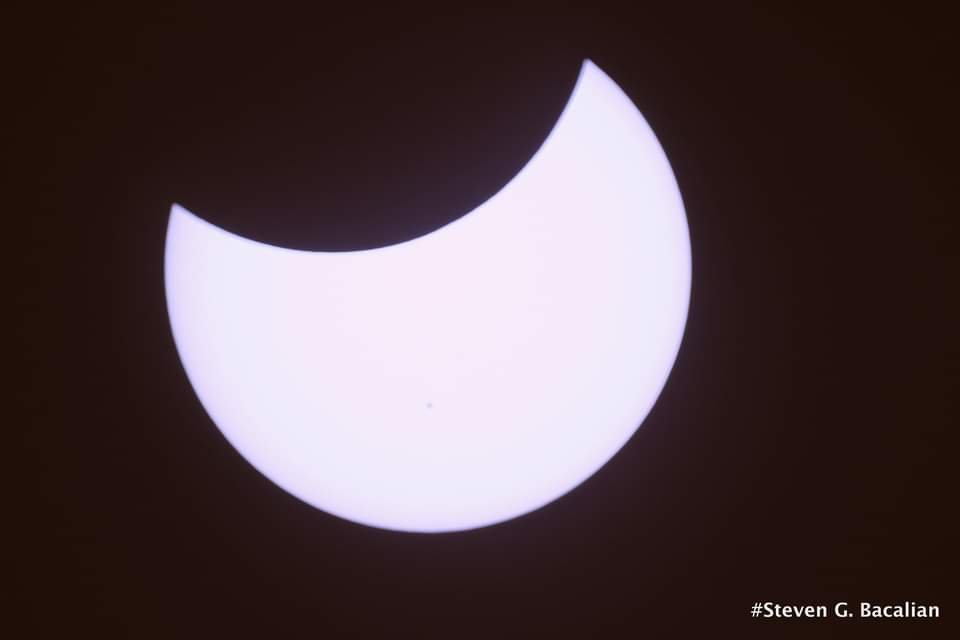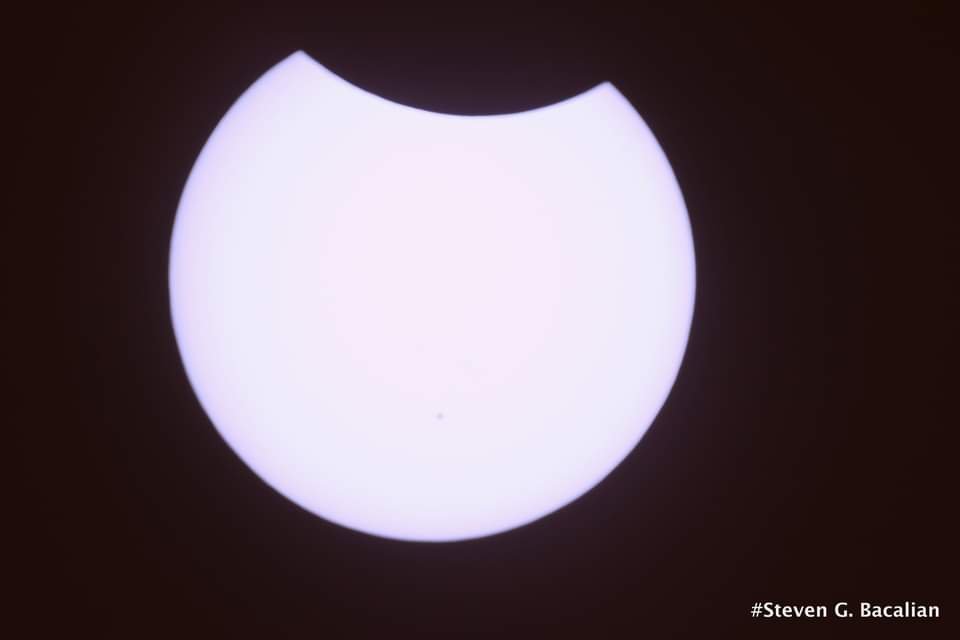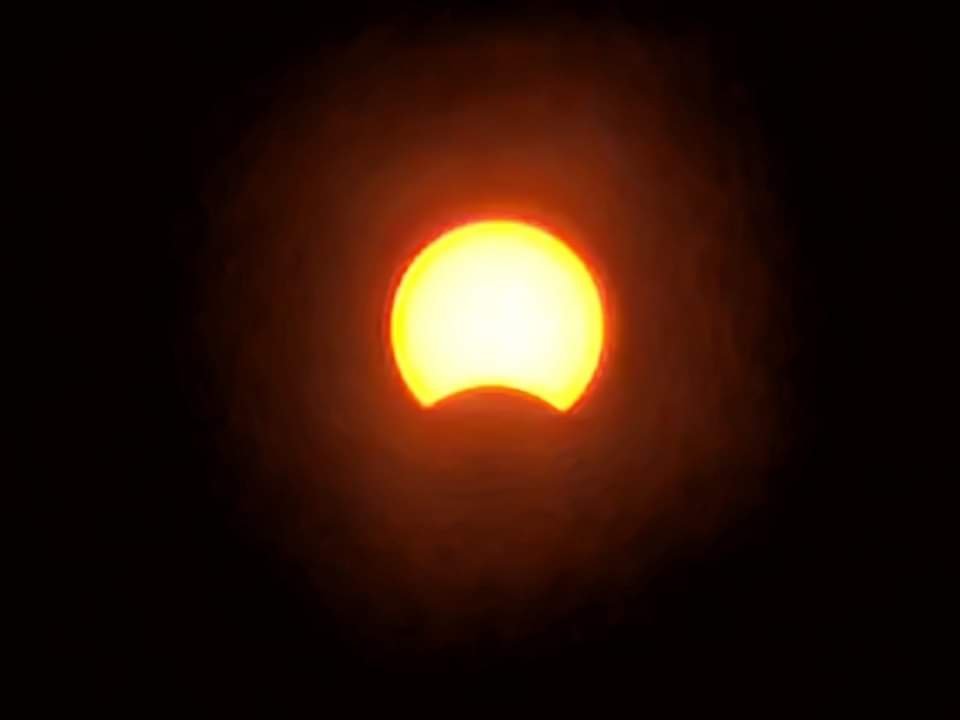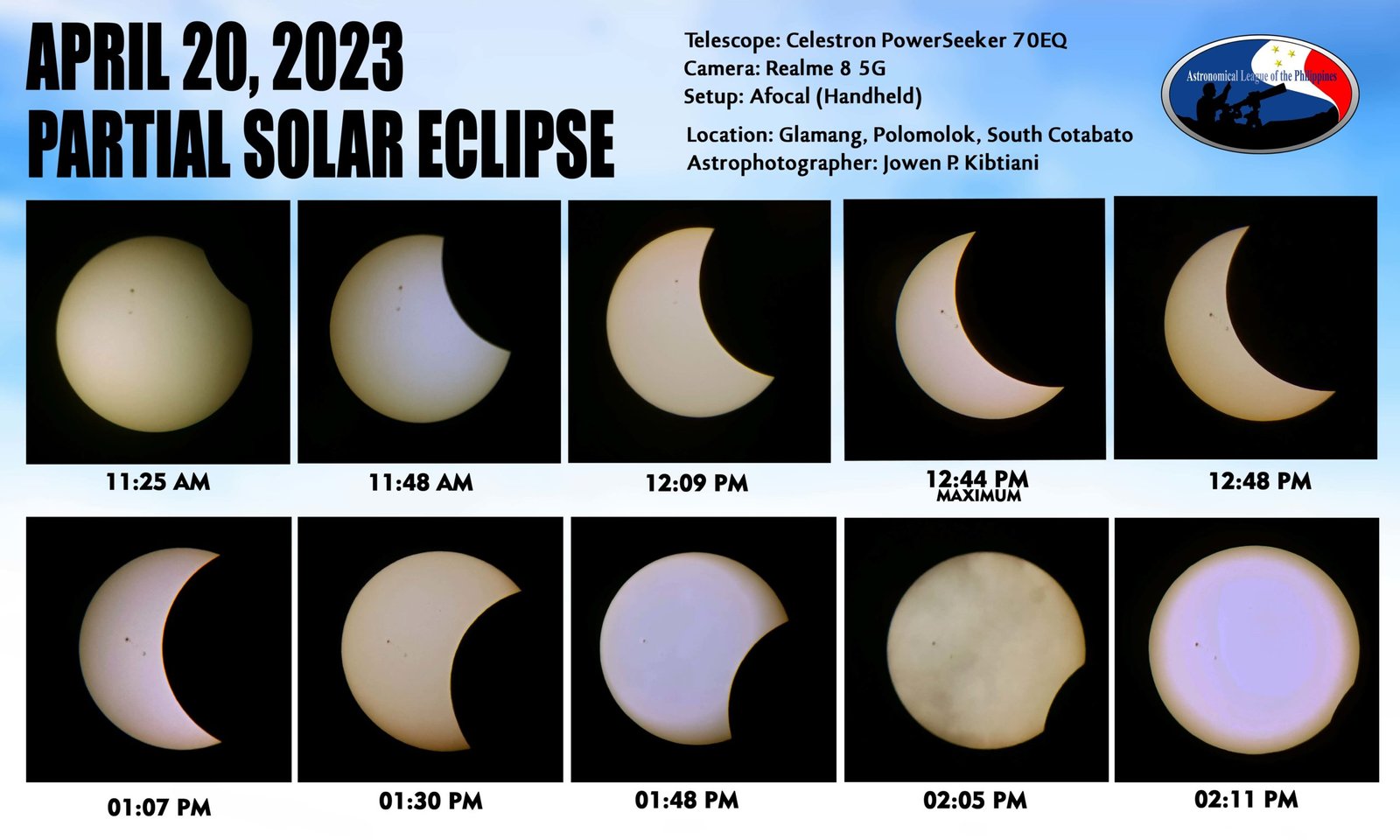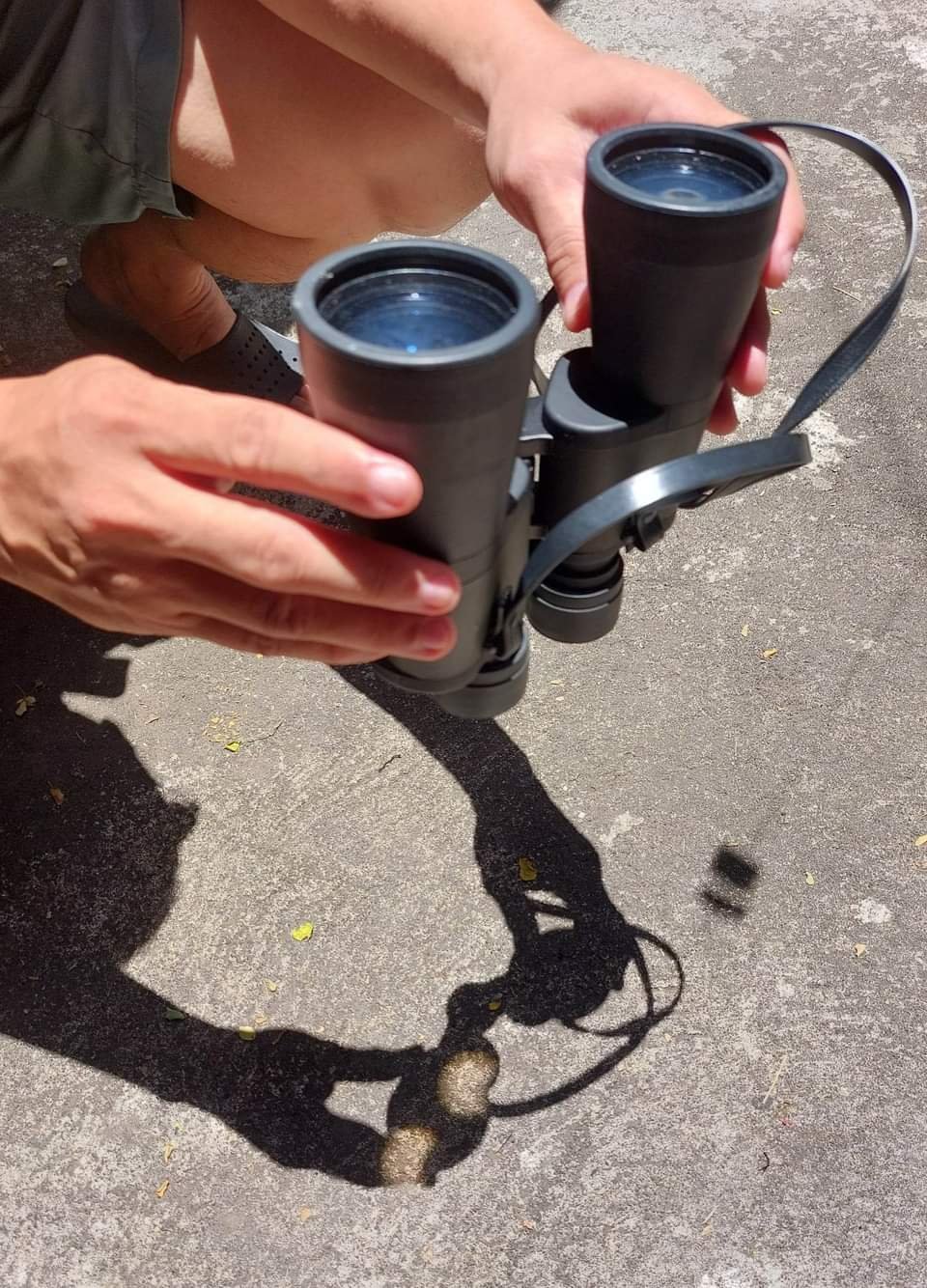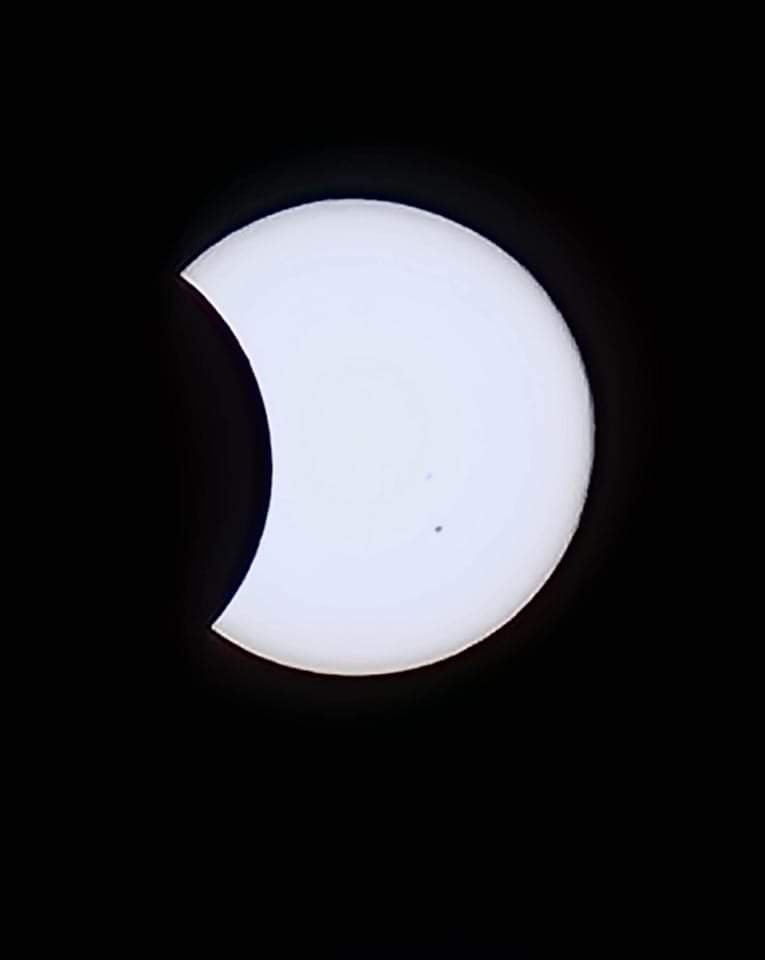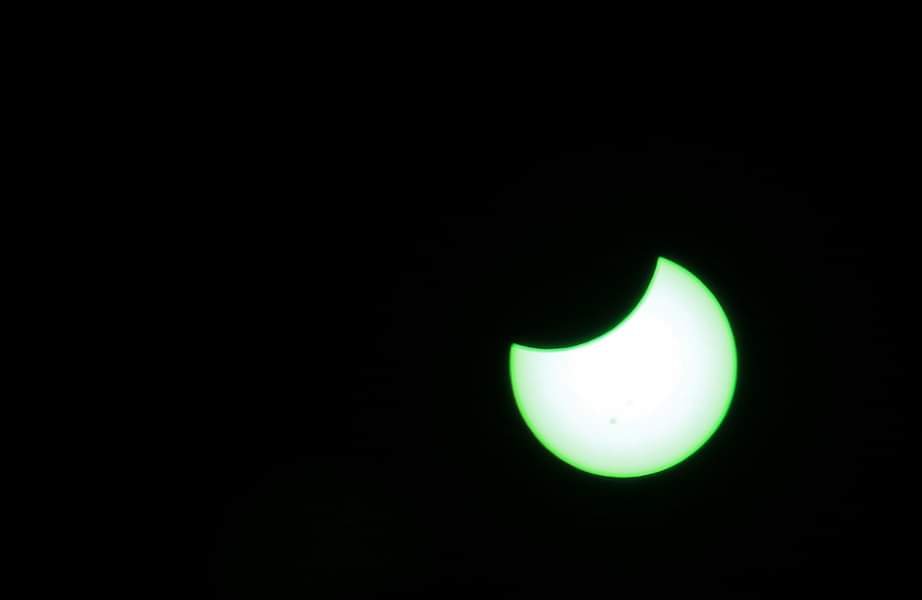The Night Sky Over America’s Beautiful National Parks
By Wally Pacholka (Landscape astrophotographer)
29 October 2023 (Sunday) at 10:00 am Philippine Standard Time
(28 October 2023, Saturday, 10:00 pm EDT)
This October 29, 2023 (Sunday), at 10:00 am, you are all invited to our 2023 ALP Astronomy Experts Speaker series online talk by the noted landscape astrophotographer, Mr. Wally Pacholka.
In this presentation, you will learn from an award-winning astrophotographer how to capture stunning landscape astrophotos that get published using simple equipment and technique.
Mr. Wally Pacholka is a pioneer in the field of landscape astrophotography, and specializes in capturing National Park landscapes across the United States. His astrophotos have been published by NASA 47 times, National Geographic 29 times and TIME-LIFE 18 times, including four times as its Annual Picture of Year.
His work sells in more than 35 U.S. National Park gift shops and online at AstroPics.com. He currently has exhibits at the Smithsonian in Washington, D.C., and the Natural History Museum in New York City.


